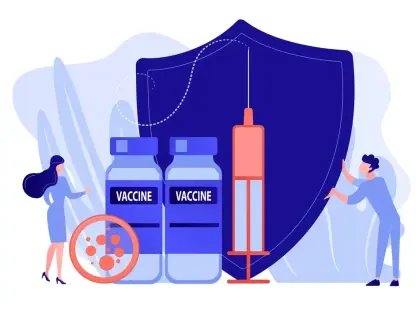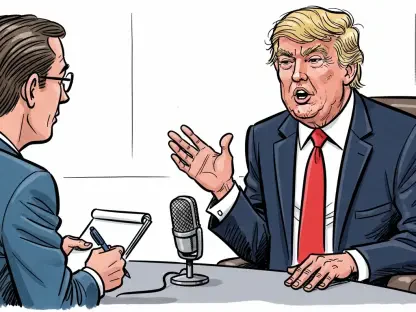The Balancing Act of Efficiency and Service Quality
In the ever-evolving landscape of government efficiency initiatives, a critical question emerges: can the pursuit of a leaner government inadvertently compromise the quality of essential services? This debate has been amplified by substantial workforce reductions in key federal agencies like the IRS and SSA. While these cuts aim to streamline operations, there is a prevailing concern that they might hinder access to crucial services such as Social Security and Medicare.
Importance of IRS and SSA in Providing Essential Services
The IRS and SSA are pivotal in administering services that millions of Americans rely on. The IRS, for instance, ensures the collection of taxes that fund essential government programs, while the SSA administers benefits that assist retirees, disabled individuals, and surviving family members. Concerns have been voiced by the public regarding the effects of workforce shortages on their ability to efficiently deliver services like Social Security, Medicare, and Medicaid.
Impact of Workforce Reductions on Service Delivery
The IRS and SSA have undergone significant personnel reductions. Over recent years, the IRS saw a personnel decrease of 25%, while the SSA announced plans to cut 7,000 positions by the fiscal year’s end. These reductions have contributed to a backlog in services, illustrated by the persistence of “bounce-back emails and no-replies” to congressional inquiries, leaving constituents in limbo. Union leaders have underscored the increasing strain on employees, who struggle with mounting workloads and the arduous task of maintaining service standards.
Insights from Experts and Stakeholders
Weighing in on the issue, Congressman Gil Cisneros highlighted the adverse effects of downsizing on critical public services. He stated that attempts to reduce government size and increase efficiency sometimes inadvertently result in a decline in service delivery. Union leaders echoed these sentiments, pointing out that service delivery is compromised as employees are reassigned to areas with more critical needs, further stretching available resources. Meanwhile, a survey from the Partnership for Public Service reflected widespread concern about the potential impacts on Social Security and Medicaid delivery.
Navigating Challenges: Strategies for Maintaining Service Levels
To address the challenges posed by government downsizing, several strategies could minimize service disruptions. Investing in technology is one approach, automating routine tasks to free up staff for more complicated issues. Additionally, targeted hiring could alleviate pressure in critical areas, concentrating resources where they are most needed. Methods such as these not only promise to maintain service levels but can also potentially enhance long-term efficiencies by optimizing resource allocation.
As government agencies continue to navigate these challenges, these solutions outline how policymakers and stakeholders might address service delivery challenges due to workforce reductions. While the drive for efficiency is necessary, ensuring uninterrupted access to essential services remains paramount for citizens’ welfare. The observations suggest that with careful planning and targeted approaches, it is possible to balance efficient government operations with high-quality service delivery.









